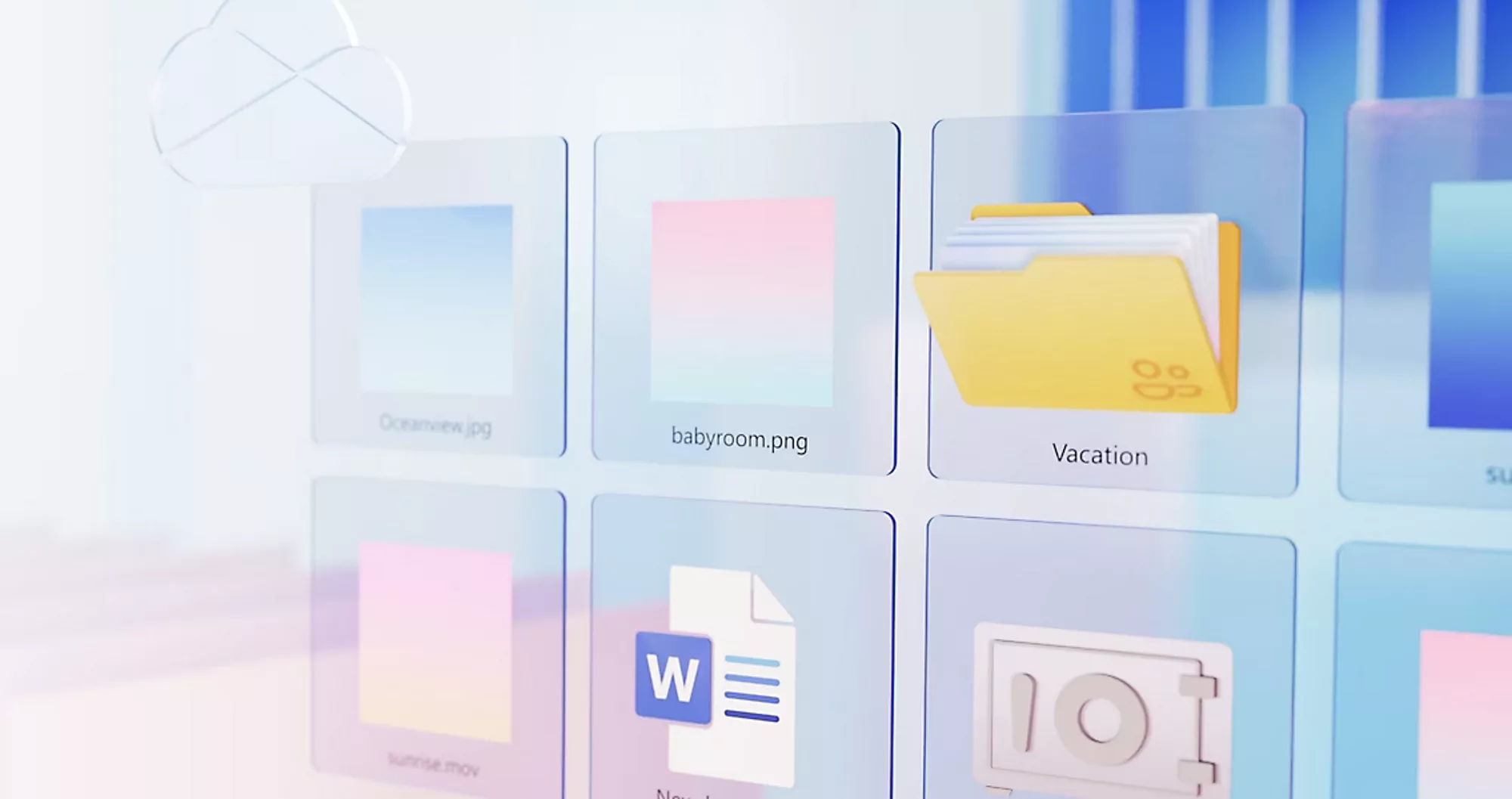The Changing Winds in Microsoft’s Cloud Strategy: A Closer Look at OneDrive
Ever felt like Microsoft was nudging you a bit too forcefully towards OneDrive? If you’ve been a Windows user for the past few years, chances are, you know exactly what I’m talking about. OneDrive has been front and center in Microsoft’s cloud storage push, teetering on the edge of becoming more of an annoyance than a helpful tool for some. But hang on, it seems the winds of change are blowing through Redmond.
Breaking Free from OneDrive: Microsoft’s New How-To Guide
Just when we thought our choices were getting squished, Microsoft did something unexpected. They rolled out detailed instructions on how to say goodbye to the OneDrive app on Windows. That’s right! Whether you’ve been looking to disable, hide, or completely uninstall OneDrive, Microsoft’s latest troubleshooting guide has got you covered. This guide isn’t just a quiet admission of overstepping; it’s a lifesaver for those of us wanting to reclaim our digital autonomy.
A Glimmer of User Autonomy?
So, what’s the catch? For starters, Microsoft isn’t burning bridges with OneDrive users. They’re suggesting a less radical approach for the unenthused—unlinking OneDrive. This means you can sever the connection between your device and OneDrive, yet still have your files at arm’s reach via OneDrive.com. And for folks pondering about their mobile devices, breathe easy; Microsoft mentions that hiding or uninstalling OneDrive is on the table for certain Windows versions and also extends to Android and iOS.
Between the Lines: Uninstalling OneDrive
Alright, let’s dive a little deeper into the nitty-gritty. Despite initial hints that OneDrive and Windows are like peanut butter and jelly—too blended to separate—the guide clarifies that uninstalling OneDrive won’t send your stored data into the abyss. If you’re on Windows 10 or 11, setting OneDrive free is as simple as navigating through the Windows Settings to the installed apps section. However, if you’re still rocking Windows 8.1, it seems you’re left holding the OneDrive bag for a bit longer.
Why This Sudden Leap Towards Flexibility?
Call it a response to the European Union’s firm stance on digital autonomy or a strategic pivot; Microsoft’s newfound flexibility might be more than just a nod to user preferences. The Digital Markets Act (DMA) is reshaping how tech giants operate in Europe, and Microsoft’s recent moves, including allowing the uninstallation of traditionally “integrated” apps, suggest a strategy realignment. Could this be Microsoft’s way of toeing the line, or is it a broader shift towards prioritizing user choice? Only time will tell.
So, is Microsoft finally tuning into user feedback, or is this just a strategic shuffle to align with new regulations? Whatever the case, one thing’s clear: the choice, or at least a semblance of it, is making a comeback. And in the world of inflexible tech ecosystems, that’s not just refreshing; it’s borderline revolutionary.




